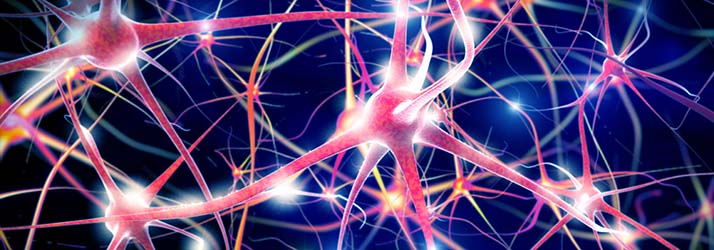Snapshot of the Endocannabinoid System
A Snapshot of the Endocannabinoid System: What is it and How does it function?

The endogenous cannabinoid system, referred to as the Endocannabinoid System (ECS) for short, is a complex network consisting of cannabinoids and the receptors that accept them. Cannabinoids we produce are called endocannabinoids whereas cannabinoids we ingest from plants are called phytocannabinoids. It wasn’t until the 1990s that researchers discovered the whole ECS. The endocannabinoid system’s primary objective is to provide a stable internal environment. The whole system is considered adaptogenic in that it adapts or changes to stress.
Dr. Raphael Mechoulam, Professor of Medicinal Chemistry at the Hebrew University of Jerusalem is attributed for isolating THC and discovering its metabolic pathway. In doing so, Dr. Mechoulam and his team were able to detect the major signaling network we call the ECS.
The ECS is present throughout the entire body. It plays a pivotal role in governing neurotransmission and neuron communication. ECS receptors have also been found outside the nervous system including the intestinal tract, liver, heart, immune system, and skin, to name a few. The discovery of this system and its role in communication some say helps to bridge the gap between the mind-body connection.
The bridge between Body and Mind
“The endogenous cannabinoid system - named for the plant that led to its discovery - is one of the most important physiological systems involved in establishing and maintaining human health. Endocannabinoids and their receptors are found throughout the body: in the brain, organs, connective tissues, glands, and immune cells. With its complex actions in our immune system, nervous system, and virtually all of the body’s organs, the endocannabinoids are literally a bridge between body and mind. By understanding this system, we begin to see a mechanism that could connect brain activity and states of physical health and disease.” - Dr. Bradley Alger, Ph.D.


